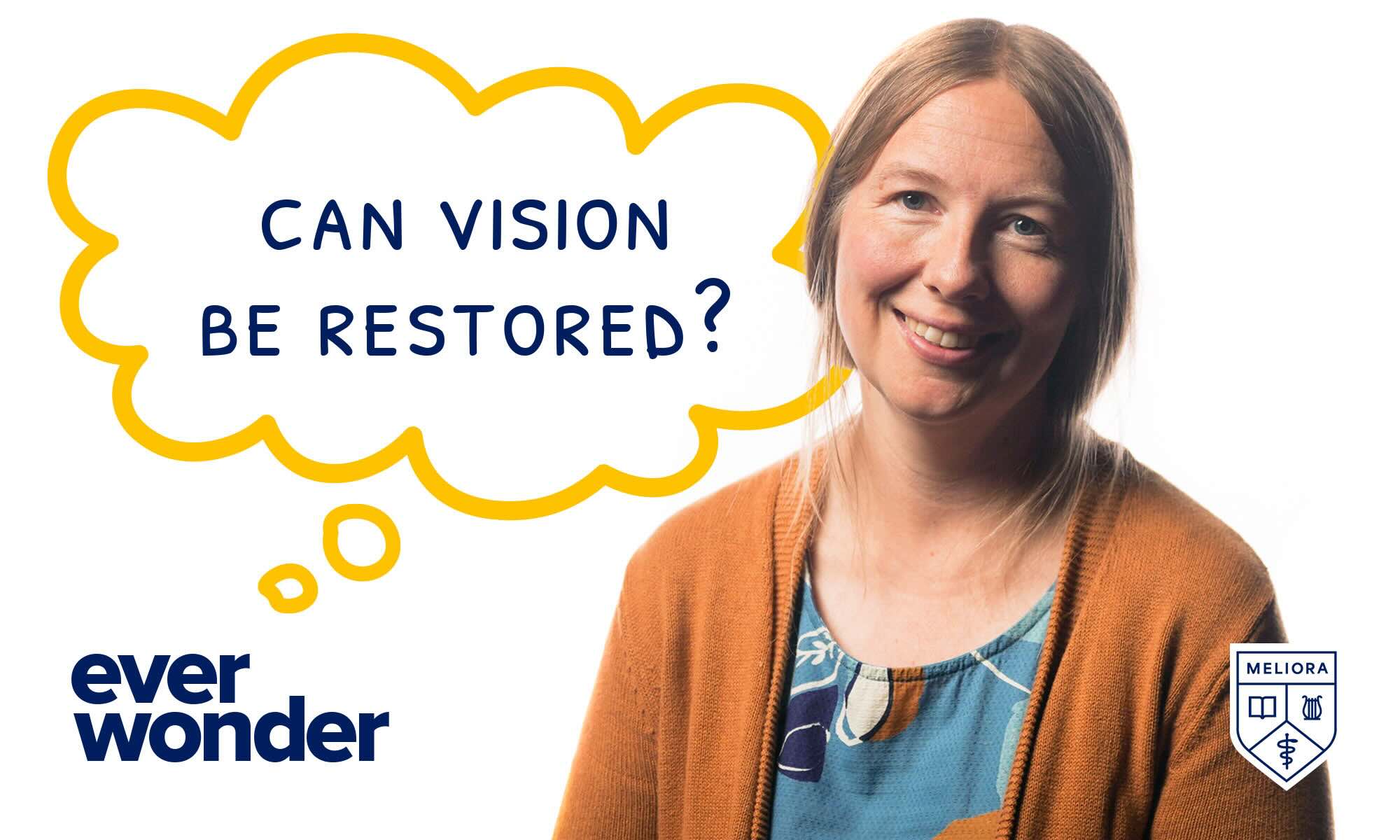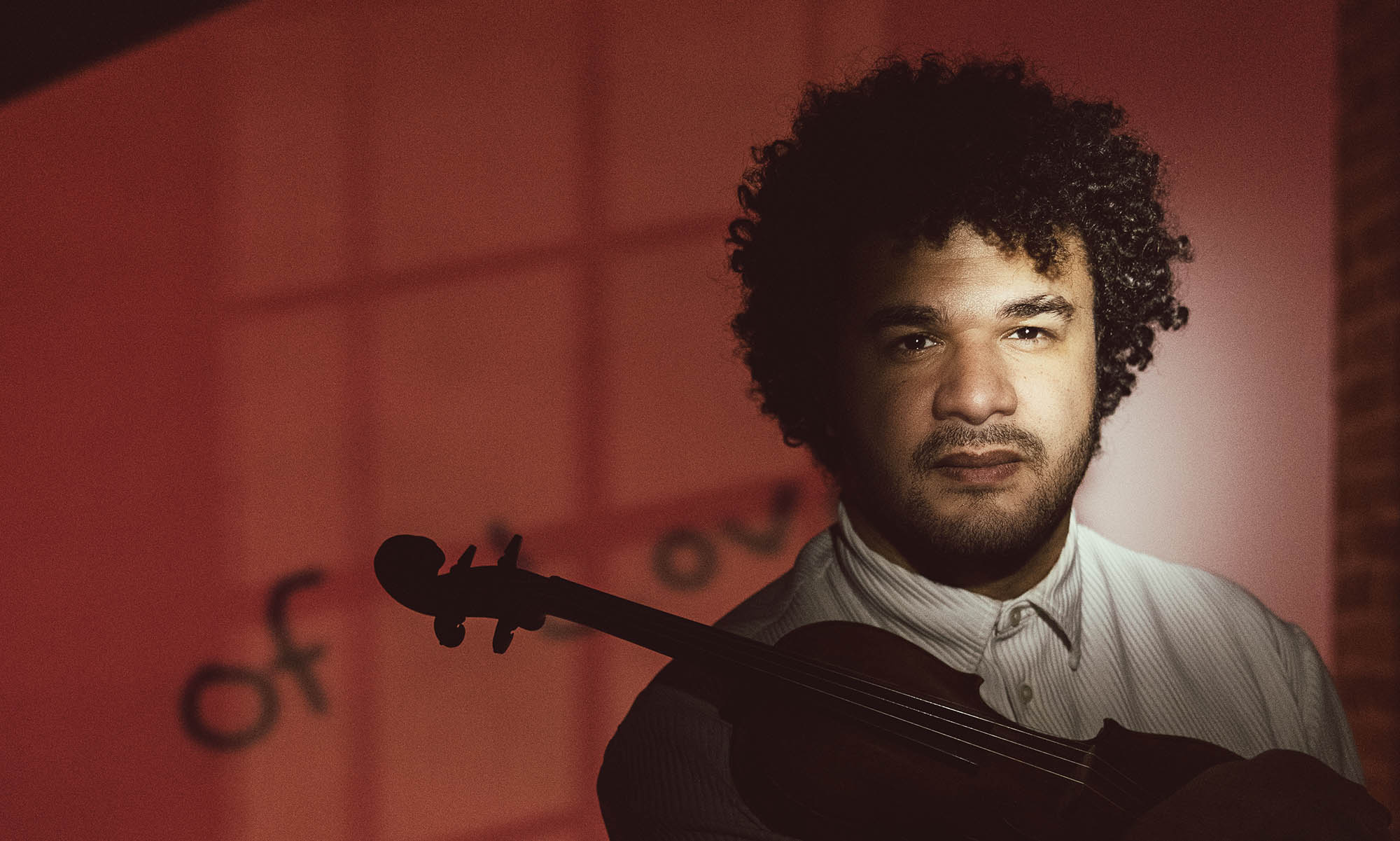
Society & Culture
When people see themselves in science, they trust it more
A new study finds that the demographics of scientists influence public trust and the fate of science-based public policy.

What good is the research university? At the University of Rochester, the answers get ever better.











